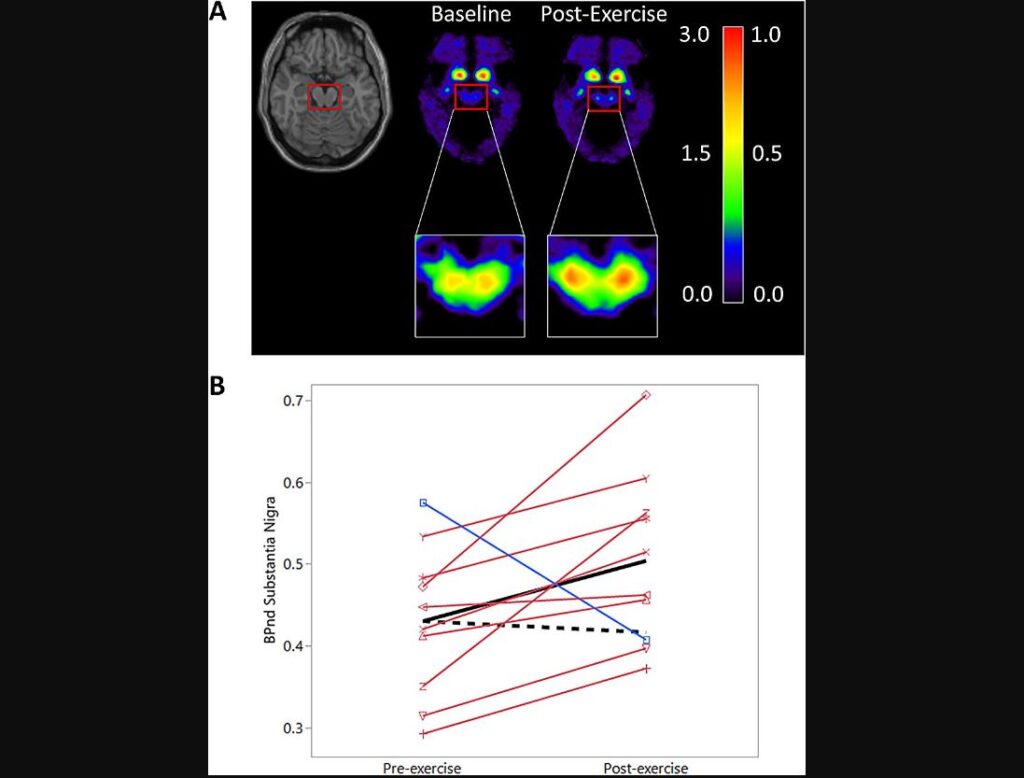
Research findings focus on people with a sleep disorder, but could have broader implications. For people with a certain sleep disorder, a simple blood test could help predict the development of dementia years before symptoms appear, a new study indicates.
Idiopathic REM sleep behaviour disorder (iRBD) causes people to physically act out their dreams while sleeping.
The disorder is also associated with a very high risk of Parkinson’s disease and a related condition called Dementia with Lewy Bodies.
This is a form of dementia that often causes memory and cognitive loss, as well as vivid visual hallucinations and movement difficulties similar to Parkinson’s.
McGill University researchers have discovered that a blood test, originally developed to detect Alzheimer’s disease, co...
Read More









Recent Comments